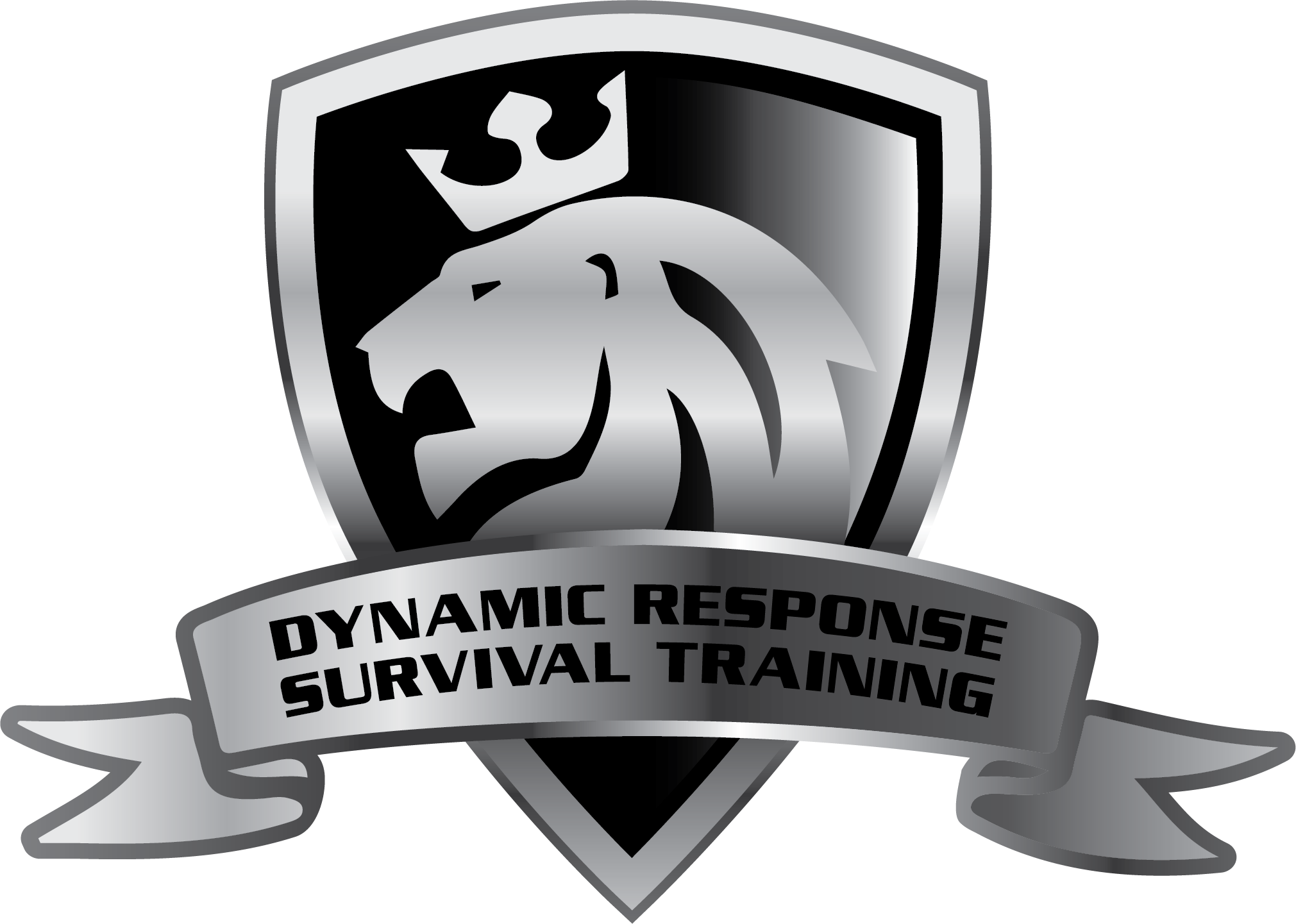Course 4: Ground Defense Countermeasures
Course 4: Ground Defense Countermeasures Instructor
We call this level P.A.C.E.
Prevent/Avoid/Control/Escape (Ground Defense)
Duration: 3 Days
Cost: $675
Students: 12 Min - 36 Max
Restrictions: Law Enforcement, Corrections, Military, Security, or Government Agencies Only
The aim of this defensive tactics course is to train and certify the student as an Instructor in Ground Defense. Our goal is to instill in the trainer the techniques, skill sets and confidence needed in order for them to return to their department, agency, unit, etc. to train and certify students in the basic program of this course.
This is not a ground defense system of submission or any type of sport like wrestling moves. As a professional the last place you want to find yourself is on the ground in an active assault. But statistics teach us that well over 50% of all encounters of assault do wind up on the ground. This being known and given these statistics, it is only reasonable and prudent that we as professionals know this and train for these scenarios and encounters.
We call this course P.A.C.E. – Prevent/Avoid/Control/Escape. The objective of this course is to learn how to avoid being take to the ground, but if you find yourself on the ground, you will be trained in how to control the attack and escape the assault and how get back up and onto your feet.
The student will end each day with an evaluation performing stress drills applying these simple techniques and tactics under simulated stress.
Upon successful completion of this course the Instructors will possess the knowledge and skills needed to correctly train students of their own in the content of this course and they will be provided the resources and support needed to carry out this mission.
Additionally, they will complete the course with a skill set practical evaluation and a teach back evaluation.
Course content includes:
This course will consist of classroom lecture and the physical practice of avoidance drills, control and escape tactics.
Instructor Development Training
Review of the use of force control continuum
Review of federal use of force standards and case law.
The effects of survival stress of combat performance
With statistics showing that 50% of all encounters end up on the ground, the professional will receive the training needed to be prepared if this happens.
Learning to prevent and avoid is the first line of defense when an attacker is attempting to take you to the ground. The student will first be taught how to avoid being taken to the ground. The student will learn and perform evasion tactics against an attempt to take them to the ground. These preventive and avoidance measures keep the operator on their feet in a stable fighting stance where they need to be.
The student will be taught that control and escape is the second line of defense, in the event they are taken to the ground.
The student will be taught how to defeat various angles of chokes, headlocks and active aggression assaults of being punched and much more.
The student will also be trained in how to effectively defend against knife and firearms assaults while on their back, as well as face down in a prone position.
Equipment Requirements:
Loose comfortable clothing
Comfortable shoes or boots
Cup & Supporter (groin protection)
Mechanix type gloves (recommended)
Knee Pads (recommended)
Instructor will receive:
Instructor Training Manual
Instructor T-shirt
Instructor Certificate
Facts to Consider: It needs to be noted that anytime someone is attacking you and attempting to take you to ground that this is a serious attack. You could be seriously injured in the fall, knocked unconscious, or killed from head trauma. There is also the chance that you will have the wind knocked out of your lungs from the trauma of impacting the ground.
Several of these holds that you are defeating once on the ground involve restricting the airway or causing trauma to the neck and as a result all these assaults against you would be considered deadly force assaults.
The courts have ruled that deadly force is defined as any action or assault that has a high probability of causing serious bodily injury or death.
Basic Course = 2 Days
Instructor Course = 3 Days
For more information on becoming a certified DRST Instructor, click here.


